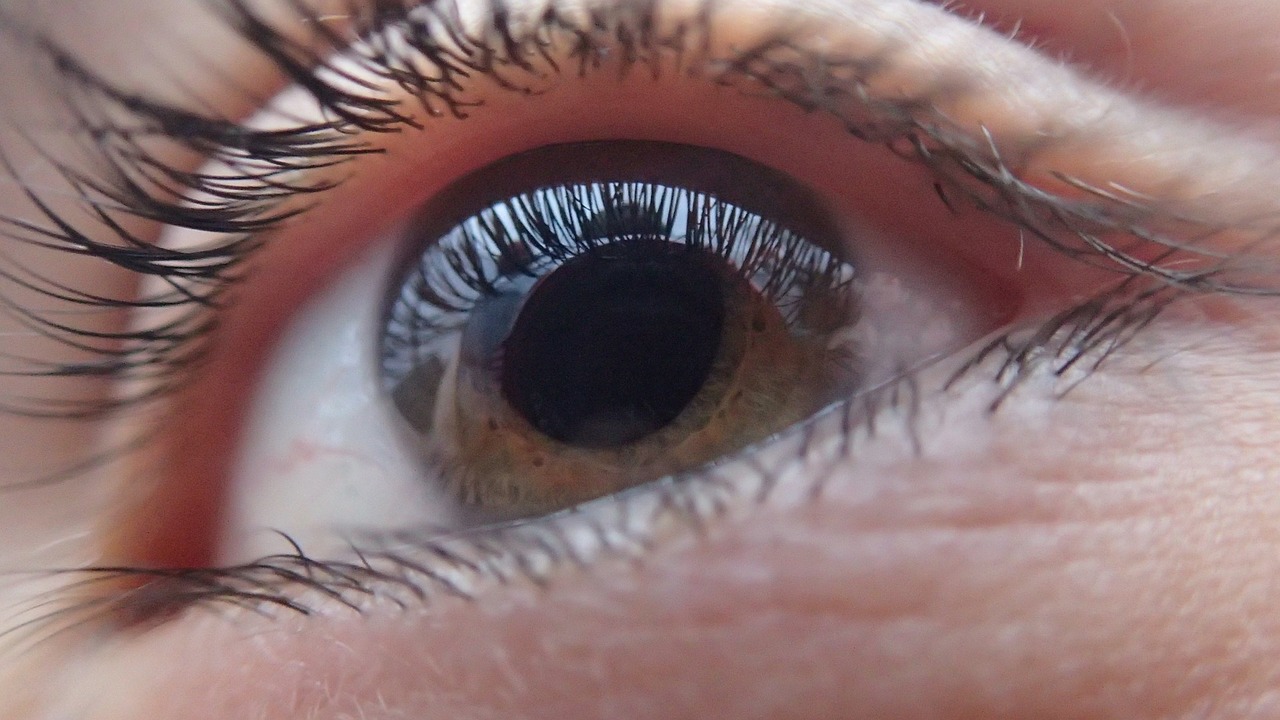What does a podiatrist do?. A podiatrist is a specialist whose task is to control…

How does the doctor examine eyesight? We visit ophthalmological offices
boja - 29 July 2020How does the doctor examine eyesight? We visit ophthalmological offices. Vision problems appear regardless of age. Children and adults have them. The most common reasons for a patient to see an ophthalmologist are: visual impairment, inflammation, foreign bodies in the eye, unexplained headaches and routine examinations, e.g. in occupational medicine or at the end of a specific stage of education. Ophthalmology has become widely available – professional eye examination can be done even in a shopping mall and you can choose glasses right away. Eye examination is one of the most frequently performed diagnostic and preventive examinations. Its growing popularity is due to the desire to take care of health. What does the eye test look like?
Caring for the eyes
Good eyesight facilitates everyday functioning. It is extremely important for drivers, teachers, policemen, IT specialists and photographers. In fact, eyesight plays a key role in every profession and type of activity. Ophthalmology has become available almost on every corner. The creation of ophthalmic offices is facilitated by regulations – no referral is needed to see an ophthalmologist. The patient may consult an ophthalmologist at any time. Interestingly, eye tests are offered free of charge by chains selling glasses. During one visit, you can have an eye test and choose glasses. The optics shop offers not only classic glasses, but also all accessories, such as cases, wipes for cleaning glasses, lenses, lens solutions and sunglasses. Medical consultation at the optician’s shop takes place immediately after the patient’s arrival.
- https://www.awangarda.biz.pl/prawnik-medyczny/
- https://studioemocji.pl/jak-przycinac-plytki-ceramiczne/
- https://www.prawda.com.pl/korzystne-urzadzenie-grzewcze/
Eye examination
A visit to an ophthalmologist begins with a medical interview. Before starting the examination, the doctor asks about the reason for the visit, about past problems with the eyes, about possible treatment of vision defects, about chronic diseases, e.g. diabetes, hypertension. Then the doctor starts an eye examination. Basic examination in ophthalmology is to check distance and near vision acuity. It is carried out for each eye separately. The first eye to be examined is the eye which, according to the patient, has worse vision. The other eye is covered. This test is performed using a trial spectacle frame or phoropterat. The distance vision acuity is checked using tables with optotypes of various sizes, i.e. letters, numbers or pictures (for children), which the patient reads with each eye separately, in a sitting or standing position. The distance of the reader from the blackboard should be about 5 m. If the subject reads only the first row correctly, his vision is 0.1. The patient who reads the last row has 1.0 vision.
- osrodek-uzaleznien24.com.pl
- szkola-muzyczna24.com.pl/nauka-gry-na-skrzypcach-bydgoszcz/
- ozonowanie24.waw.pl
Ophthalmology he considers the correct visual acuity to be 1.0. There are cases when the subject is unable to recognize any mark on the blackboard. In such a situation, the ophthalmologist shows his fingers. If the subject is not able to say how many fingers he can see, then it is necessary to check the sense of light. Not feeling light means blindness. Charts are also used for near examination. However, the patient can read the marks from a distance of 30 cm. If the patient’s visual acuity is below the norm, the ophthalmologist selects eyeglass correction – trial glasses until the lens is selected in which the examined person can see the best.
Other ophthalmological examinations
The measurement of intraocular pressure is a very important test. It is measured with a tonometer. Depending on the type of tonometer, it can be done either without contact (so-called “blowing in the eye”) or in direct contact with the eye. In the second case, the patient requires local anesthesia. The correct pressure is 10-21 mmHg. A thorough eye examination, in which the ophthalmologist assesses the individual sections of the eye, is done with a device called a slit lamp. The examination is painless and causes no discomfort. The forehead and chin should be rested on a special support and then the ophthalmologist examines the anterior and posterior part of the eye.
The procedure takes a few minutes and is one of the best diagnostic tools offered by modern ophthalmology. The examination in a slit lamp allows the diagnosis of such eye diseases as: corneal damage, detachment of the retina, degenerative changes of the eye macula, dry eye symptom. If abnormalities are detected, additional diagnostics is ordered, e.g. eye ultrasound, fluoresin angiography – contrast blood vessel examination of the fundus, OTC. One of the most frequently used diagnostic tools is the fundus examination, which detects very serious diseases, such as: uveal tumors, retinal hemorrhages, glaucoma, and macular diseases. The fundus examination is also used to assess the advancement of many diseases: diabetes, atherosclerosis and hypertension.
Contemporary ophthalmology in Szczecin recommends a detailed eye examination to people over 40 at least once every two years. If the patient is chronically ill, then it is necessary to visit an ophthalmologist more often, even every 3-6 months. Visiting an ophthalmologist should not be postponed, especially when the patient notices vision problems.
You may also like
Inne ciekawe artykuły
-
What does a podiatrist do?
-
What to check before collecting the keys to the developer apartment
What to check before collecting the keys to the developer apartment. After many months of…
-
Lighting in the bedroom. The relaxing qualities of lamps
Lighting in the bedroom. The relaxing qualities of lamps. A well-decorated and lit bedroom will…
-
Stages of work when opening trampoline parks - the manufacturer cooperates with the client
Stages of work when opening trampoline parks - the manufacturer cooperates with the client. When…
-
How much will you pay for the car in the purchase?
How much will you pay for the car in the purchase? In Poland, having your…




